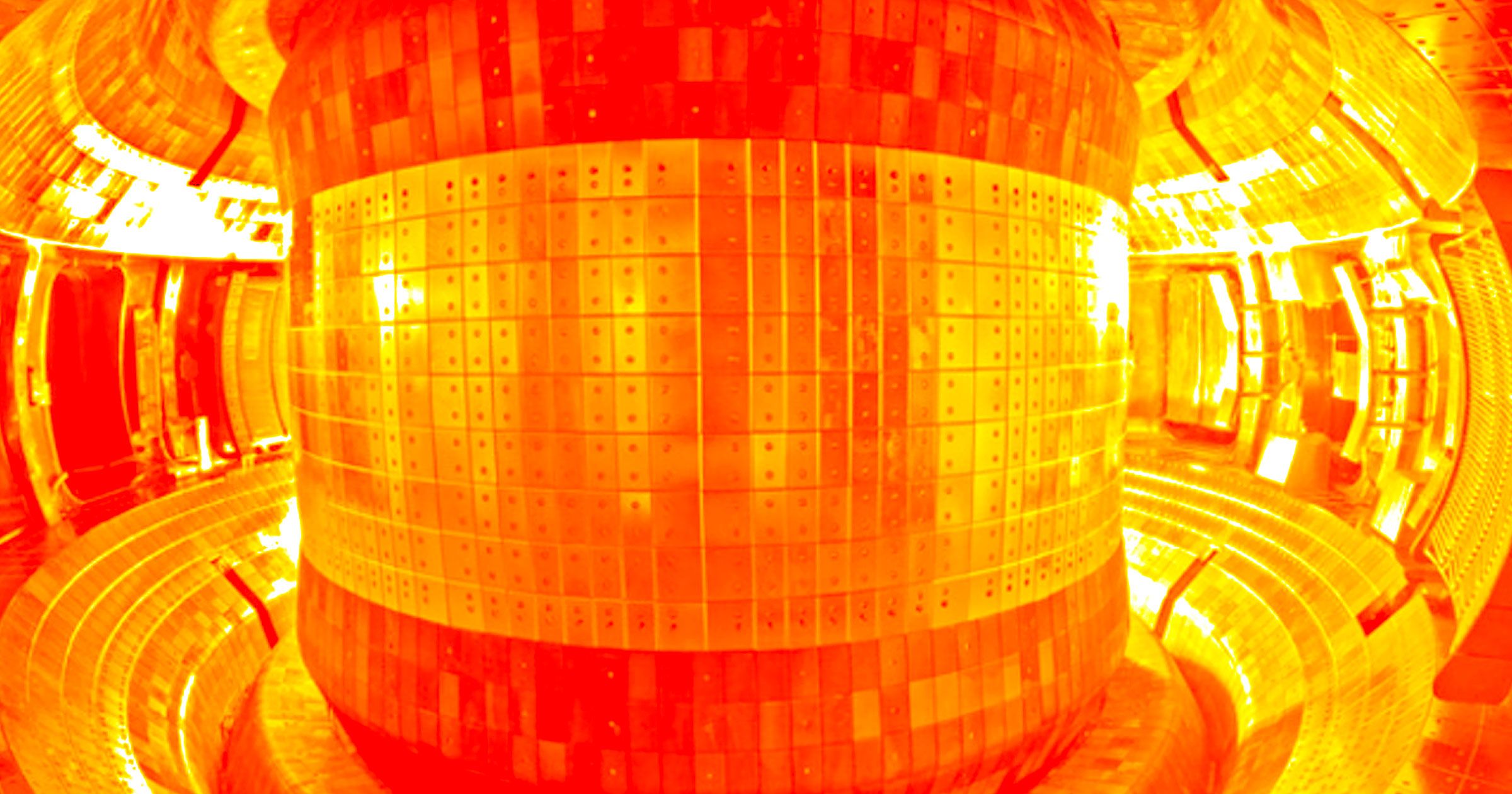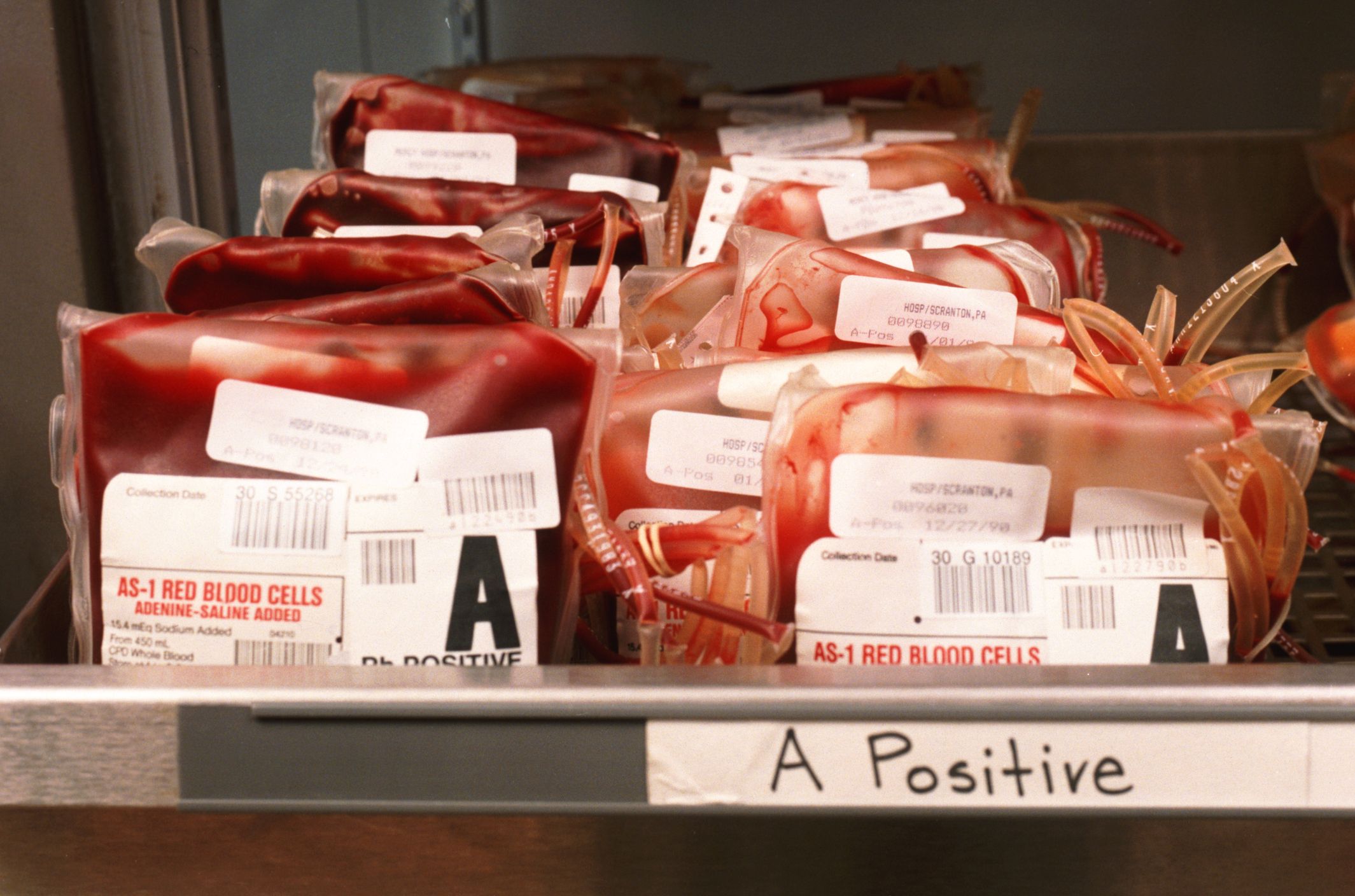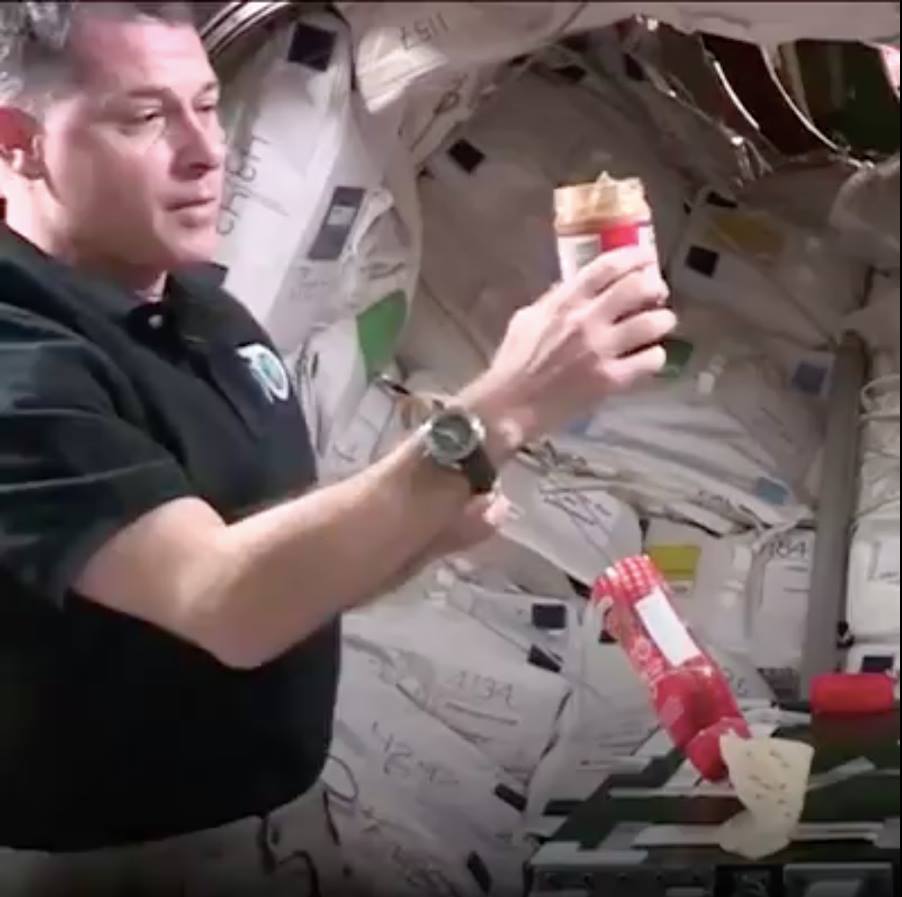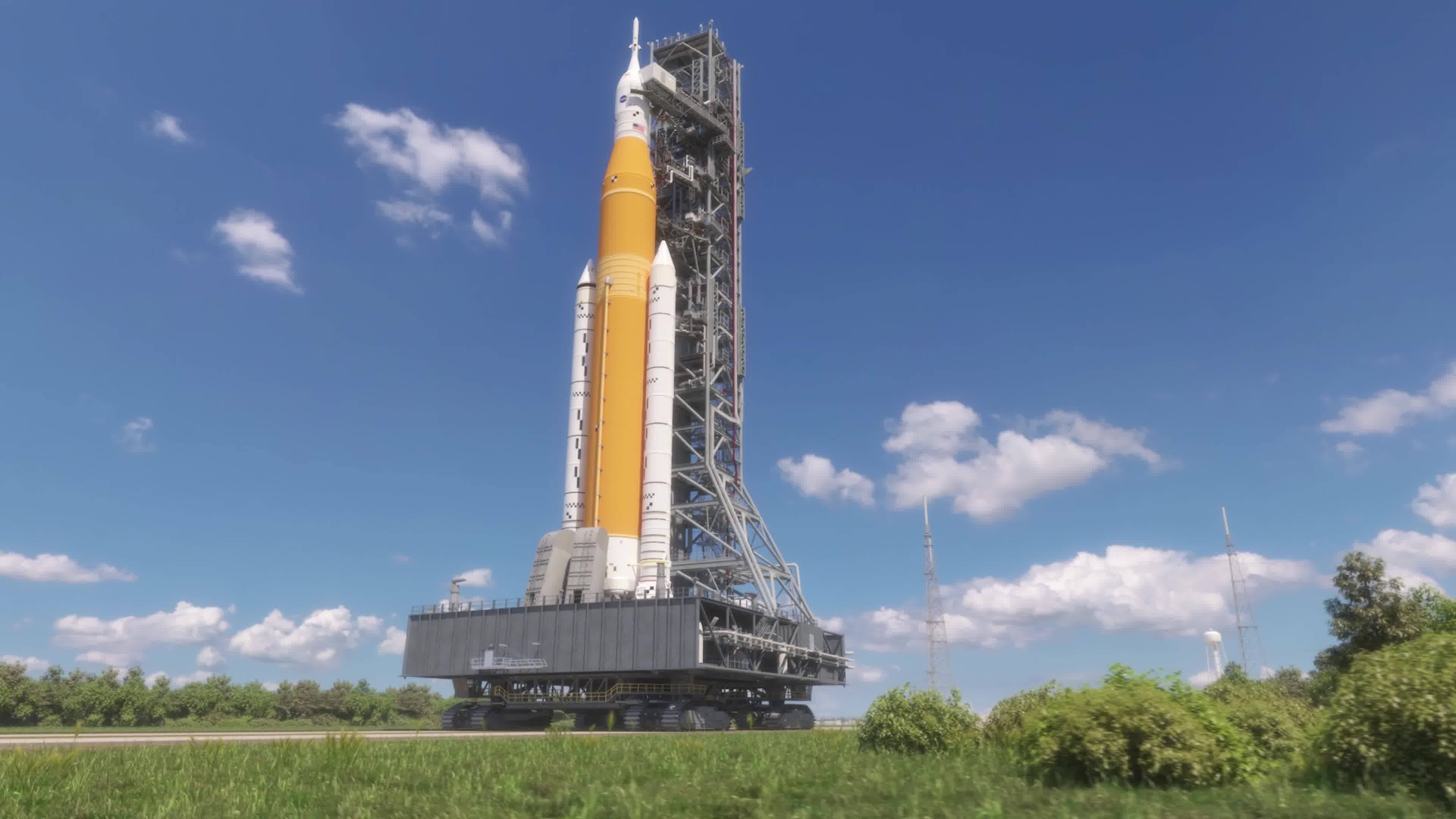Page 9361
Nov 18, 2018
Encrypted Genomic Data Means People Can Participate in Research Without Sacrificing Privacy
Posted by Genevieve Klien in categories: encryption, information science
Nov 18, 2018
China’s ‘artificial sun’ is now hot enough for nuclear fusion
Posted by Alexandros El in category: nuclear energy

On Tuesday, a team from China’s Hefei Institutes of Physical Science announced that its Experimental Advanced Superconducting Tokamak (EAST) reactor — an “artificial sun” designed to replicate the process our natural Sun uses to generate energy — just hit a new temperature milestone: 100 million degrees Celsius (180 million degrees Fahrenheit).
For comparison, the core of our real Sun only reaches about 27 million degrees Fahrenheit — meaning the EAST reactor was, briefly, more than six times hotter than the closest star.
Continue reading “China’s ‘artificial sun’ is now hot enough for nuclear fusion” »
Nov 18, 2018
The Evolutionary Importance of Neutral vs. Adaptive Genes
Posted by Genevieve Klien in categories: biotech/medical, genetics
For 50 years, evolutionary theory has emphasized the importance of neutral mutations over adaptive ones in DNA. Real genomic data challenge that assumption.
Nov 18, 2018
NASA Image of Merging Galaxy Clusters Looks Suspiciously Like the USS Enterprise
Posted by Michael Lance in categories: physics, space travel

Two possibilities: Either the image captures two massive galactic clusters in the process of colliding, or NASA is covering up the existence of a starship so big it’s several million light years long.
Humanity’s current understanding of physics may suggest faster-than-light travel is impossible, but researchers here on Earth can still observe happening in places much too far away to ever actually visit (and generally only what they looked like in the distant past). One of them is a galactic collision that, at least from our planetary vantage point, looks an awful lot like a craft going where no man has ever gone before.
Nov 18, 2018
Rocket Science in 60 Seconds: EM-1 and the Power Needed to Get to the Moon and Beyond
Posted by Michael Lance in categories: science, space travel
Click on photo to start video.
NASA’s Rocket Science in 60 Seconds gives you an inside look at work being done to explore deep space. In the latest episode you can hear Rob Stough, payload utilization manager for our NASA’s Space Launch System, talk about the power we needed to boost the rocket into space and send NASA’s Orion Spacecraft to the Moon. Watch: https://youtu.be/0VB9aI3xVFs
Nov 18, 2018
Elon Musk says a ‘radical change’ is coming to SpaceX’s monster Mars rocket design
Posted by Genevieve Klien in categories: Elon Musk, robotics/AI, space travel
- In a tweet, Musk revealed that “radical change” was coming to the design of the Big Falcon Rocket (BFR), which is meant to go to Mars.
- The tweet appeared to indicate that the second stage of the Falcon 9 will now be used for component tests for the BFR, and that the company is abandoning plans to make the second stage of Falcon 9 reusable.
- Musk has said that his “aspirational” goal is to launch an unmanned cargo mission to Mars by 2022.
In a tweet, Saturday, SpaceX founder Elon Musk announced that “radical change” was coming to the design of the Big Falcon Rocket (BFR), that is being made in an attempt to go to Mars.
Musk left out any specifics of his plan, simply announcing that “SpaceX is no longer planning to upgrade Falcon 9 second stage for reusability” and would be “Accelerating BFR instead.” Musk called the new design “very exciting” and “delightfully counter-intuitive.”
Nov 18, 2018
Marvel at The Plans For Japan’s Futuristic New Space Research Center
Posted by Klaus Baldauf in categories: futurism, space travel
The architectural design behind Japan’s new space research center is mind-boggling. The futuristic building will incorporate elements of spacecraft design, which emphasize light weight and high functionality.
Nov 18, 2018
Ban on ‘gene drives’ is back on the UN’s agenda — worrying scientists
Posted by Derick Lee in categories: biotech/medical, genetics, government
Government representatives from nearly 170 countries will this month consider whether to temporarily ban the release of organisms carrying gene drives — a controversial technology that can quickly propagate a chosen gene throughout a population. The technique has the potential to eradicate disease, control pests and alter entire ecosystems, but with unpredictable consequences — leading some groups to call for a global moratorium on its field applications.
Research is moving fast on the divisive genetic technology, which could help to eradicate diseases but also risks altering ecosystems in unpredictable ways.
















